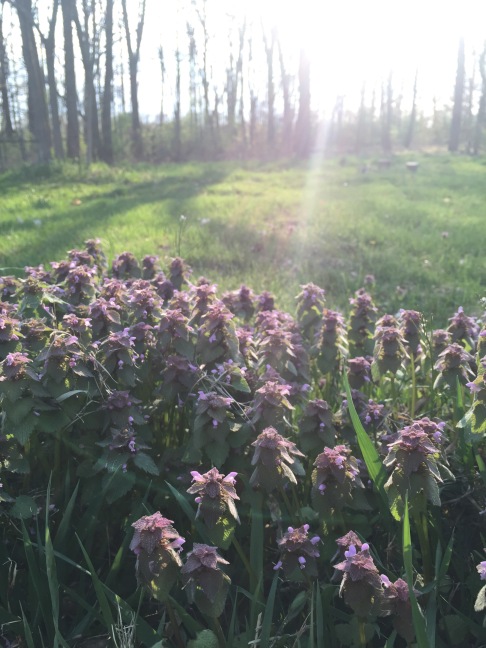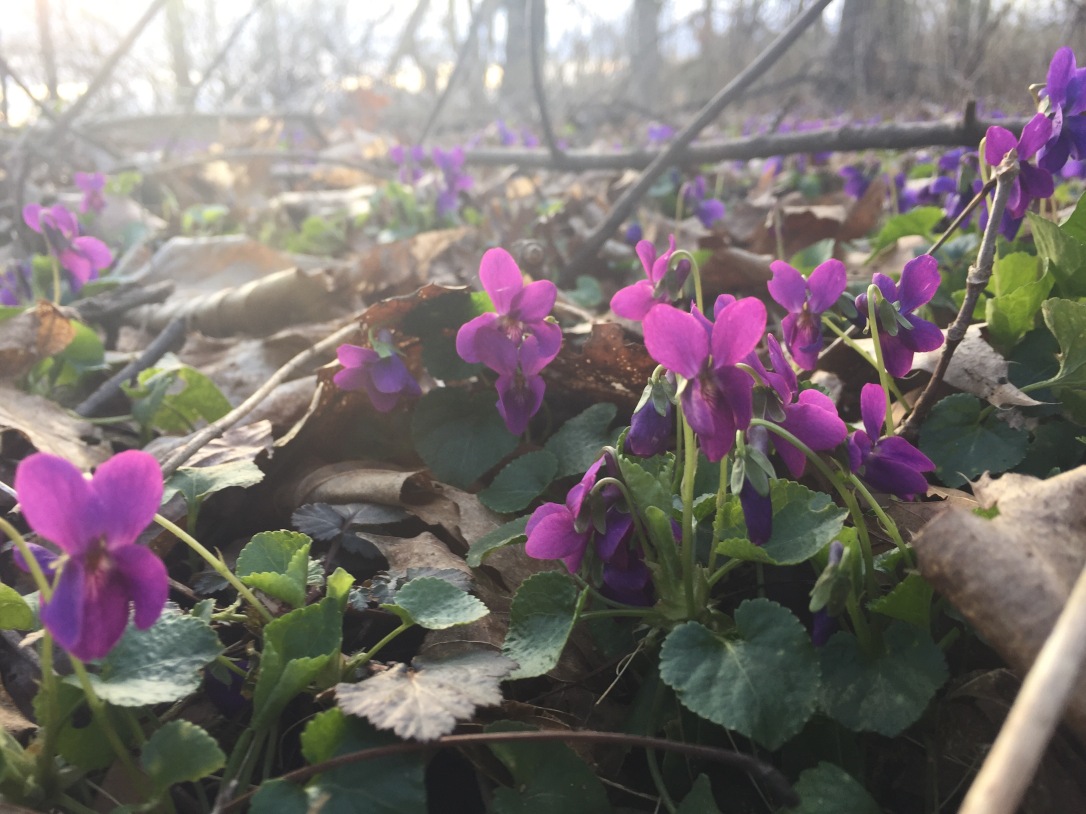
Nettle (Urtica dioica), also known as Stinging Nettle, is a lovely plant that is a favorite of many an herbalist (including myself!). It sometimes gets a bad reputation because its stems and leaves are covered in small, sharp spurs that can cause severe irritation and pain on areas of skin that come in contact with the plant. However, despite its sting, nettle is a valuable wonderful medicinal and a tasty, nutritious edible. There’s much to love about this wonderful herb!
Nettle grows in temperate regions all over the world. The entire plant can be utilized for food or medicine. Young nettle leaves can be cooked and eaten like spinach. (Old plants may cause kidney damage when eaten raw.) Nettle is a valuable edible, as it is an excellent source of vitamins- including A, C, D and K- and minerals, like choline, lecithin, silica, and iron. The aerial parts are utilized for teas and tinctures and the roots are medicinal.




